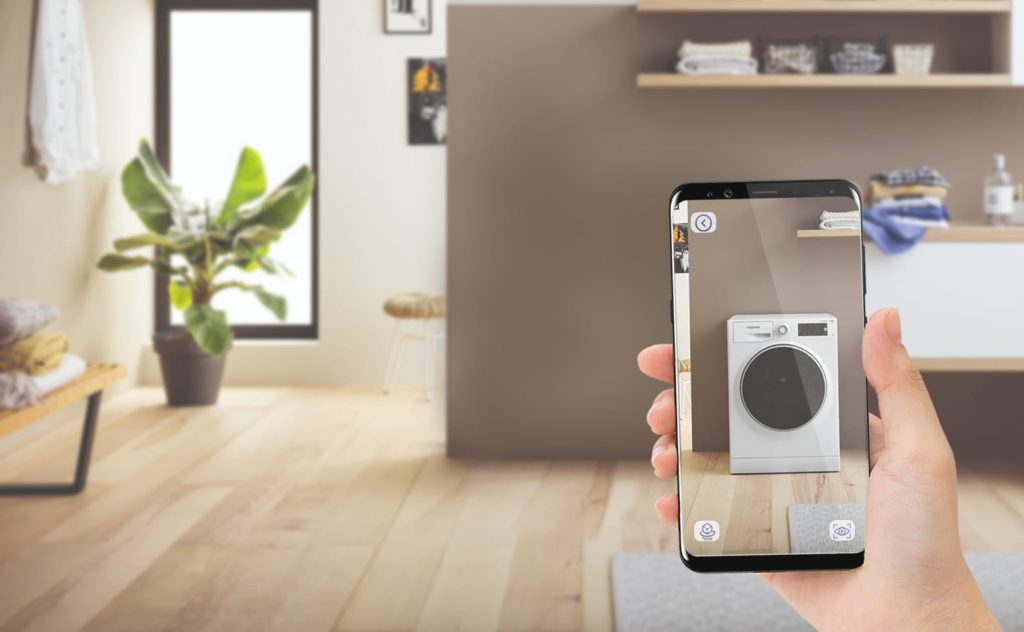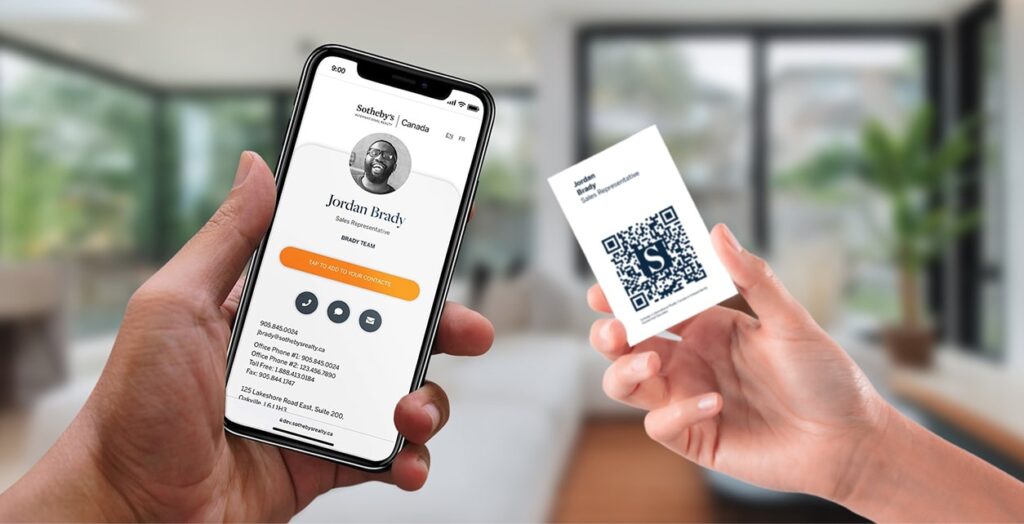A Look at What's in Store for the Graphic Design Industry
In today's fast-paced world, graphic design has become indispensable for any brand, business or organisation that wants to make an impact. The graphic design industry has evolved significantly from digital media to print, and the future promises even more exciting changes.
With emerging technologies, new design trends and ever-increasing competition, graphic designers must keep up with the latest developments in the industry. In this blog post, we dive deep into the future of the graphic design industry and explore the trends and innovations that will revolutionise how we create and consume visual content.
Whether you're a designer, marketer or just interested in the latest design trends, join us to look at the future of graphic design.
Table of Contents
Augmented Reality (AR)

Augmented reality (AR) has dramatically changed the graphic design industry, allowing designers to create virtual worlds with which people can interact in real-time. AR technology overlays virtual graphics over real-world environments, allowing users to experience and interact with these digital elements more naturally and engagingly.
With AR, graphic designers can create various applications that connect the physical and virtual worlds. For example, we can use AR to design and develop interactive product catalogues, educational apps, marketing materials, and games. By incorporating AR into their designs, graphic designers can bring static images to life, creating a more dynamic and engaging user experience.
One of the critical benefits of AR for graphic designers is that it allows them to work outside of the traditional design environment. Instead of being tied to their desks, designers can use AR to visualise and iterate on their designs in real-time, making changes and adjustments as they go. This enables a collaborative design process, as clients and stakeholders can see the design progress in real-time and provide feedback as needed.
In addition, AR can help designers create personalised and customised designs. By using AR, designers can create virtual prototypes of their designs so that users can see how a product or layout will look and feel in their environment.
Overall, AR will revolutionise the way graphic designers work and create designs. With its ability to create immersive and engaging virtual experiences, AR is becoming an increasingly important tool for graphic designers who want to create unique and impactful designs that stand out in a crowded market.
Material Designs

Material Design, a language developed by Google, is gaining popularity among graphic designers as it optimises the user experience through natural movements and rich features. Material Design aims to replicate real-world objects and experiences to create a seamless and intuitive user experience.
The design language emphasises using 3D effects, animation features and lighting to create a visually immersive graphical user interface. By incorporating these elements into their designs, graphic designers can create a more engaging and dynamic experience for users that encourages them to interact with the layout more often and for extended periods.
One of the critical benefits of Material Design is its focus on consistency across platforms and devices. This ensures that the design language is easily recognisable and usable by users on different platforms and devices, making it easier for graphic designers to create consistent designs that work well on different screen sizes and resolutions.
Another benefit of Material Design is that it allows for a more intuitive and natural touch experience for users. By mimicking the movements and interactions of natural objects, users can easily understand how to interact with the design and achieve the desired result. This helps to reduce user confusion and frustration, resulting in a more positive and enjoyable user experience.
In addition, Material Design is constantly evolving, with new features and updates being released regularly. This means graphic designers can keep updated with the latest design trends and innovations to ensure their designs remain fresh, relevant and effective.
Going Fully Digital?

In recent years, a significant shift in how people consume content has shifted from traditional paper-based media to digital media. This trend will continue, and we expect a substantial increase in immersive digital designs in graphic design over the next decade. The days of printed materials will essentially be over as designers focus on creating digital strategies that are more interactive, engaging and easily accessible to a broader audience.
As graphic design becomes more immersive, we can expect a shift towards strategies more akin to websites, with multiple layers and interactive elements that allow users to click deeper into the design. This will enable designers to create more dynamic and engaging plans tailored to users' needs and preferences. With the advent of augmented and virtual reality technologies, we can also expect to see these technologies incorporated into the design, creating a more immersive and interactive experience.
One of the main benefits of this shift towards immersive digital designs is that it will allow for more targeted and personalised advertising. Instead of simply advertising products, designers can create digital strategies enabling users to explore and interact with products in more detail. This allows for a more natural and less intrusive sales process that converts prospects into customers more effectively.
Another advantage of digital designs is that they provide real-time data and analytics that we can use to optimise designs and improve user interactions. By tracking user behaviour, designers can gain insights into which design elements are most effective and which are not. You can then use this information to make data-driven decisions and optimise designs for maximum engagement and impact.
In summary, the future of graphic design will be increasingly immersed in the digital world, focusing on creating engaging, interactive plans tailored to users' needs and preferences. With the shift to digital media, designers can use new technologies and techniques to create more impactful and practical designs that stand out in a crowded market.
Choose Professional Design
As graphic design has evolved, it has become increasingly important to keep up with the latest trends and techniques to create designs that are engaging, visually appealing and effective. In today's digital age, having a robust online presence is crucial to the success of any business, and this means investing in website designs optimised for usability.
To achieve this, working with professional designers who are well-versed in the latest graphic design trends and techniques is essential. A professional designer can help you incorporate features such as Responsive Design, logo design and motion graphics that will significantly enhance the user experience and set your website apart from the competition.
Responsive design, for example, is an essential feature of any website. It ensures that the design is optimised for different screen sizes and devices, giving users a consistent and seamless experience regardless of their device. This helps to reduce bounce rates and increase usability, as users are more likely to stay on a website that is easy to use and navigate.
Logo design is another critical graphic design element that can help increase brand recognition and create a unique brand identity. A well-designed logo can convey the essence of your brand and create a strong association in the minds of your customers, helping to build loyalty and trust.
An increasingly popular trend in graphic design is animated graphics, which can add a dynamic and interactive element to your website. By incorporating animated graphics and videos, designers can create a more engaging and immersive user experience, proving particularly effective when showcasing products or services.
Working with professional graphic designers well-versed in the latest trends and techniques can help you create a website optimised for usability and stand out from the competition. Contact us now for professional graphic design solutions that will help you improve usability and achieve your business goals.
Conclusion
In summary, the graphic design industry is poised for significant growth and development in the coming years. With technological advances and the continued push for more individual and authentic design, the industry will embrace new trends and opportunities that will undoubtedly shape its future. However, it is also essential to recognise the importance of maintaining the fundamental skills and principles of graphic design, such as typography and composition, as these will always be the foundation for any successful design. As the industry continues to expand and adapt to changing demands, it will be exciting to see what creative solutions and innovations emerge. The future of graphic design is undoubtedly bright, and we can all look forward to what it holds.
